Get the picture? A new exhibition explores the beautiful simplicity of Japanese pictograms
The simple, minimalist forms of a pictogram are uniquely Japanese, as new exhibition 'Pictograms: Iconic Japanese Designs' illustrates
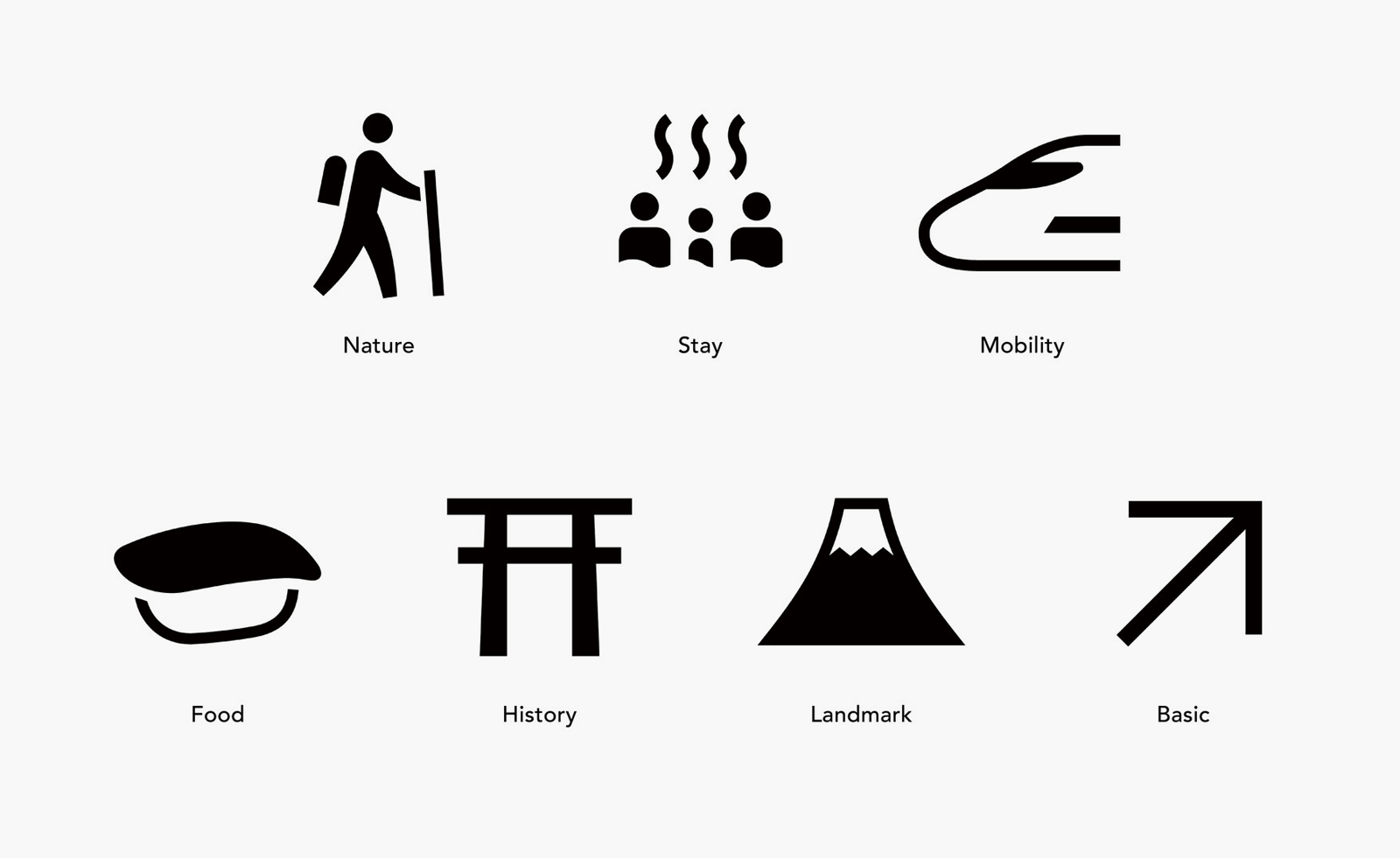
Simplicity is a complex thing to master, as the design team at Nippon Design Centre appreciated when preparing to welcome the world to Tokyo for the 1964 Olympic Games. In need of a visual communication which could elegantly bypass language barriers, they created the first full set of sporting pictograms, which set the international standard for sporting events. It changed our landscape as we know it, creating a new way to communicate – leading to emojis, from the Japanese, with e meaning picture and moji meaning character – and a new awareness of the power of good design.
‘For me, an effective pictogram is one that balances aesthetic appeal with consistency,’ says art director and graphic designer Daikoku Daigo, who has been considering the subject in his role as curator for the current exhibition, ‘Pictograms: Iconic Japanese Designs’ at Japan House in London. ‘In other words, it’s not just about the beauty of each individual icon, but also about how unified and harmonious the entire set looks when viewed together.’
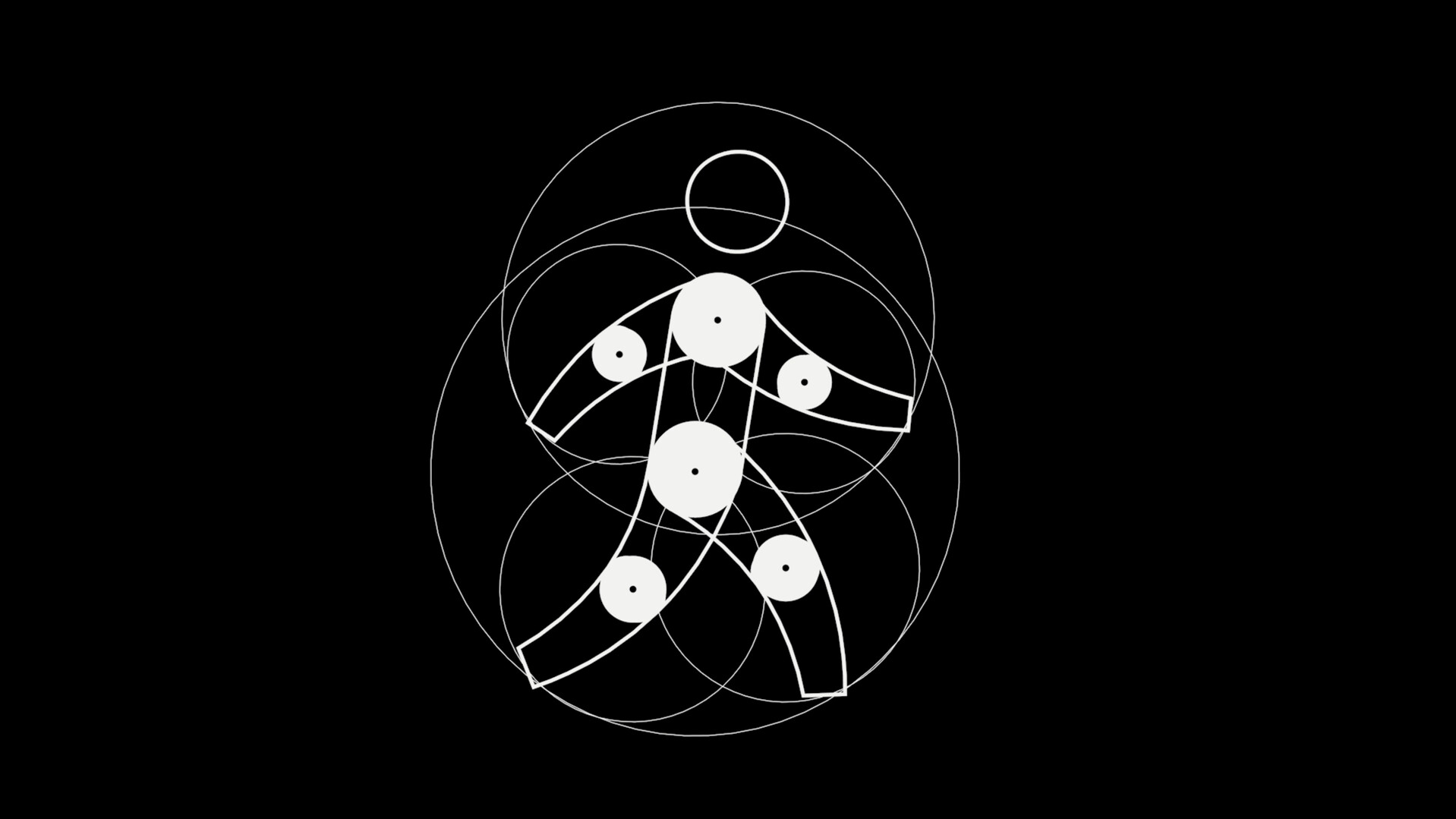
The creating of a pictogram
Daigo has considered the history of the pictogram, tracing their origins right back to cave paintings 15,000 years ago and through to ancient Egyptian hieroglyphics. ‘What I found most fascinating is how pictograms vividly reflect social change, with their forms evolving dramatically over time,’ he adds. ‘This exhibition traces the history of visual communication – from the cave paintings of Lascaux to Olympic signage and today’s emojis – but as far as pictograms themselves are concerned, the story really begins with Otto Neurath.
Neurath’s designs – which I hesitate to call “pictograms” since many were statistical diagrams or collections of pictorial elements – nonetheless often featured motifs and themes to visually communicate information. While Nuerath’s work reflected the instability of wartime society, pictograms used at the 1964 Tokyo Olympics represented a new vision. With this international event, the focus shifted to how people from entirely different cultures could communicate with one another. Their functionality and design quality were tested and proven successful on a global stage.’
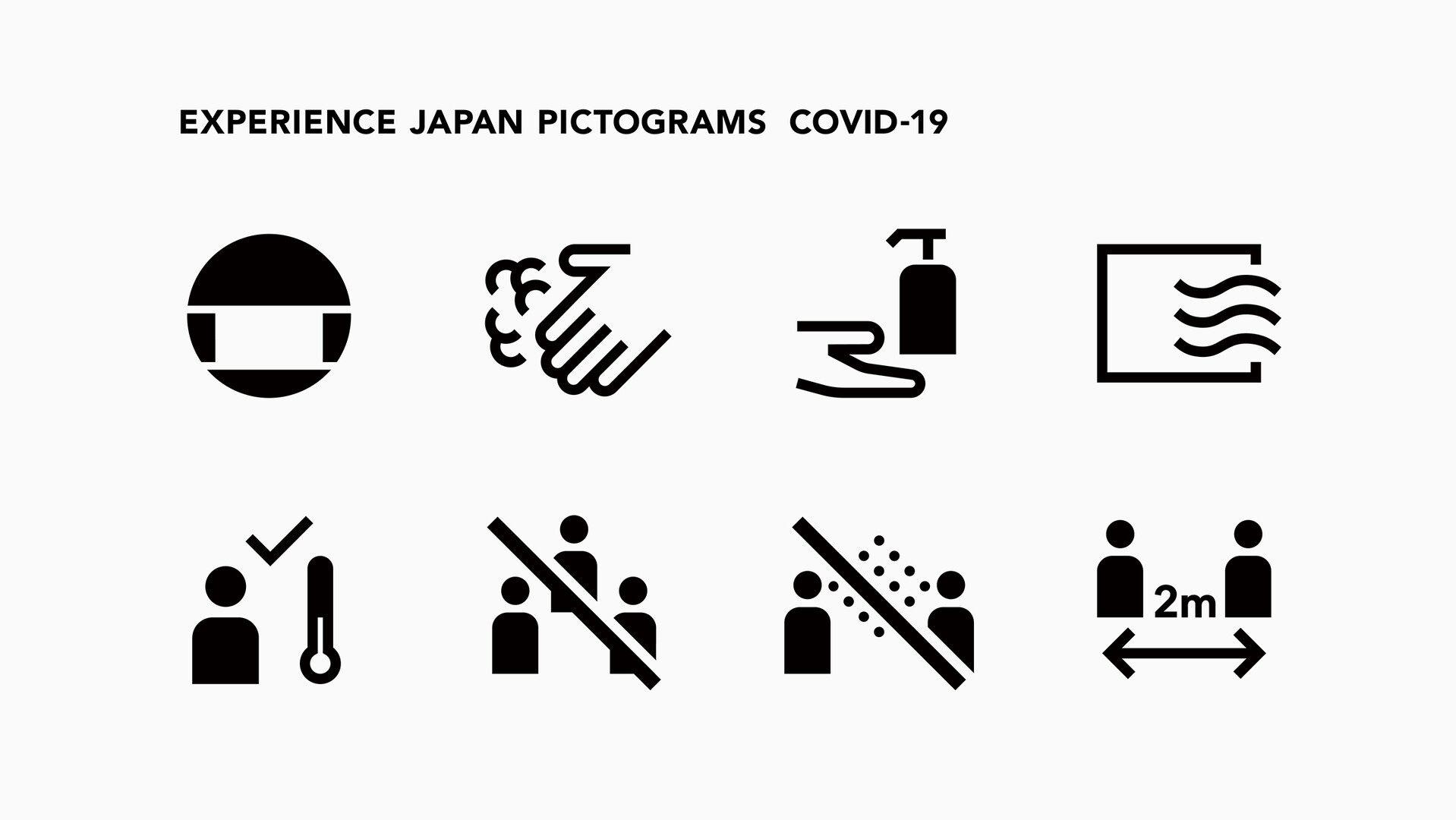
After the Olympics, rapidly growing advances in transport, particularly in rail and air, increased the demand for quick communication, which grew simpler as concentration spans get shorter. ‘To achieve a high level of aesthetic success when designing a pictogram, it’s essential to have a polished eye for the defining characteristics of a subject and the technical skill to distill complex forms into simple, easily recognisable shapes. Maintaining consistency across a series of pictograms, on the other hand, requires a broader perspective—one that considers how the pictograms work as a group, ensuring they follow the same design principles and remain cohesive when displayed side by side.
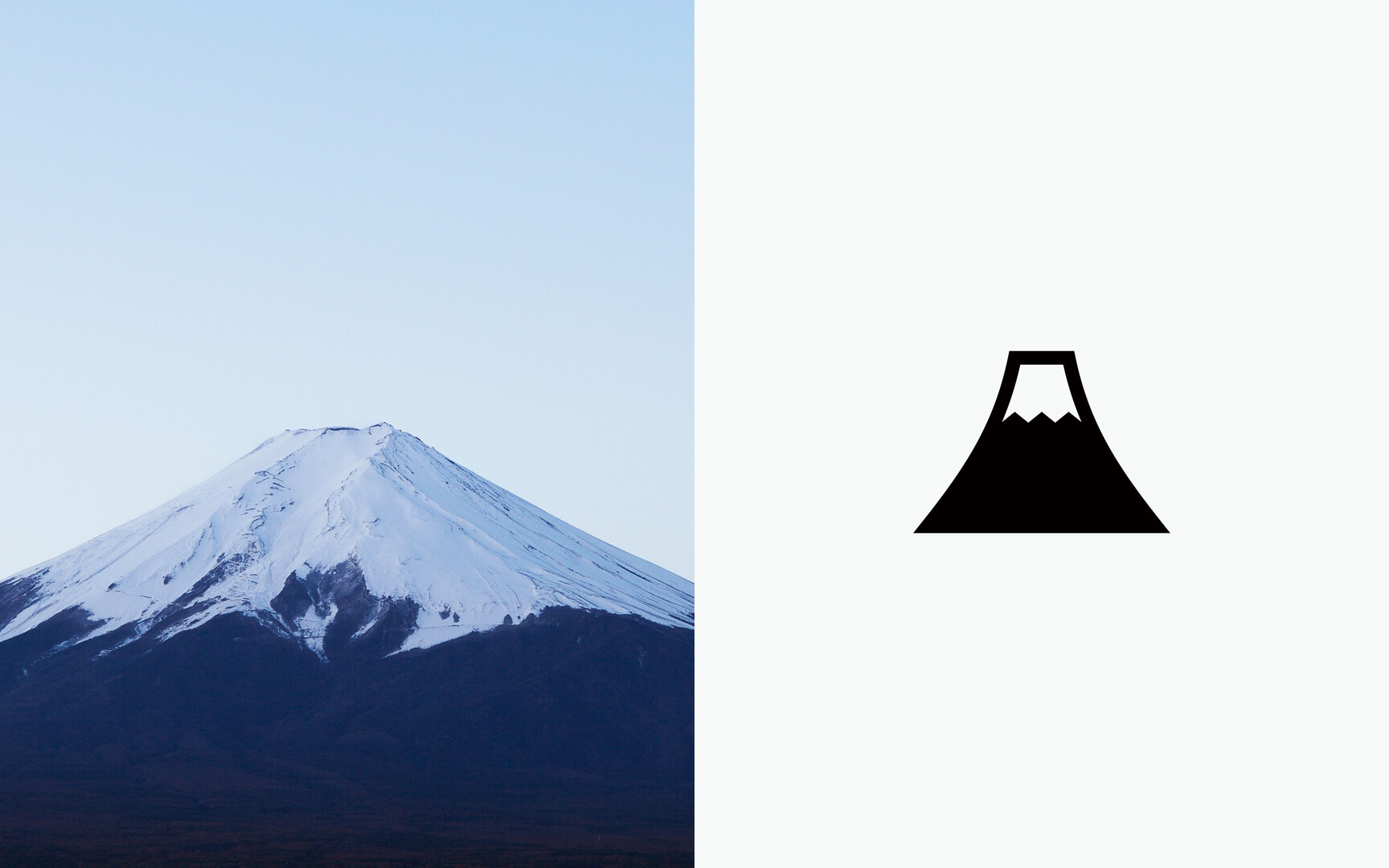
‘I also believe that a good pictogram should go beyond functionality; it should be designed with a clear sense of the impression you want to create. I often compare this to choosing a typeface: just as the mood of a text changes depending on whether you use a serif or sans-serif typeface, the expression of a pictogram should align with what you want to convey. Only when this harmony is achieved can we truly call it a successful pictogram.’
In their beautifully rendered attention to shapes and minimalist silhouettes, the pictograms are a classic example of reductive Japanese design, which removes, rather than adds, unnecessary details. ‘Successful pictograms have a distinct visual beauty,’ says Daigo. ‘When that appeal is paired with consistency that unites the entire set, the pictograms transcend mere symbols and become a true “visual language.”’
Receive our daily digest of inspiration, escapism and design stories from around the world direct to your inbox.
Pictograms: Iconic Japanese Designs at Japan House, London, until 9 November
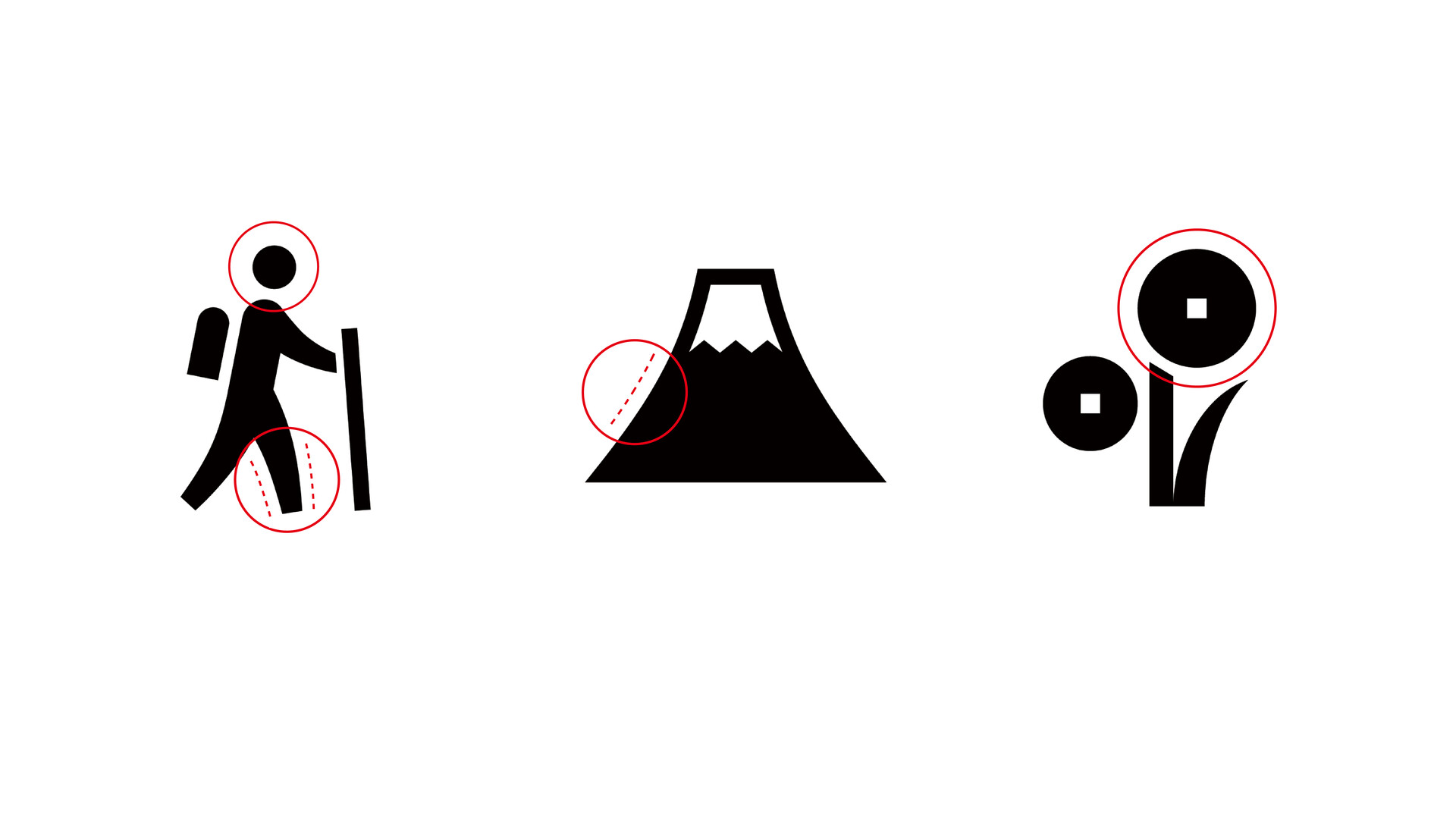
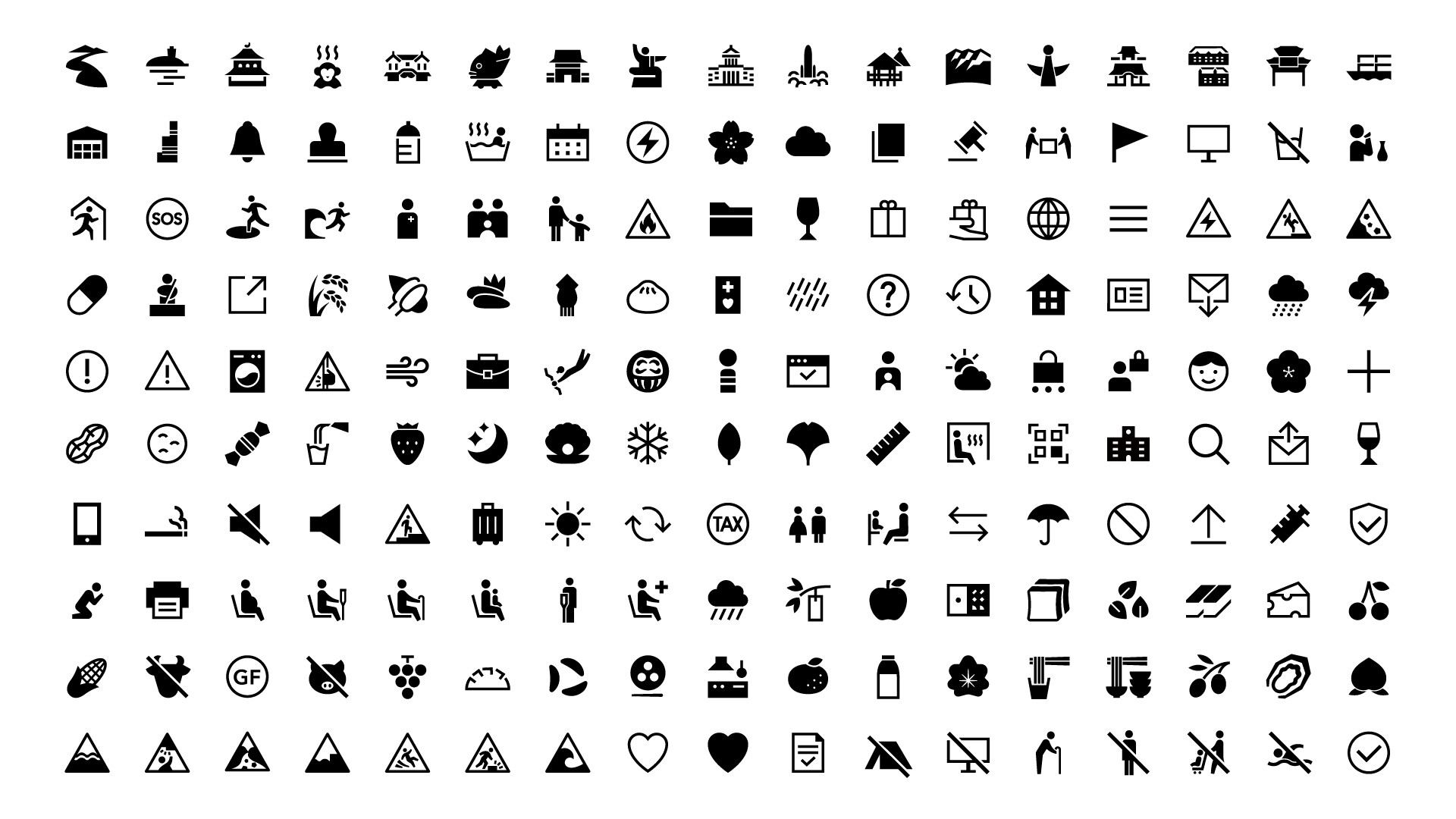
Hannah Silver is the Art, Culture, Watches & Jewellery Editor of Wallpaper*. Since joining in 2019, she has overseen offbeat art trends and conducted in-depth profiles, as well as writing and commissioning extensively across the worlds of culture and luxury. She enjoys travelling, visiting artists' studios and viewing exhibitions around the world, and has interviewed artists and designers including Maggi Hambling, William Kentridge, Jonathan Anderson, Chantal Joffe, Lubaina Himid, Tilda Swinton and Mickalene Thomas.
-
 This cult Los Angeles pop-up restaurant now has a permanent address
This cult Los Angeles pop-up restaurant now has a permanent addressChef Brian Baik’s Corridor 109 makes its permanent debut in Melrose Hill. No surprise, it's now one of the hardest tables in town to book
-
 French bistro restaurant Maset channels the ease of the Mediterranean in London
French bistro restaurant Maset channels the ease of the Mediterranean in LondonThis Marylebone restaurant is shaped by the coastal flavours, materials and rhythms of southern France
-
 How ethical is Google Street View, asks Jon Rafman in Copenhagen
How ethical is Google Street View, asks Jon Rafman in CopenhagenIn 'Report a Concern - the Nine Eyes Archives' at Louisiana Museum of Art, Copenhagen, Jon Rafman considers technology's existential implications
-
 Out of office: The Wallpaper* editors’ picks of the week
Out of office: The Wallpaper* editors’ picks of the weekFar from slowing down for the festive season, the Wallpaper* team is in full swing, hopping from events to openings this week. Sometimes work can feel like play – and we also had time for some festive cocktails and cinematic releases
-
 The Barbican is undergoing a huge revamp. Here’s what we know
The Barbican is undergoing a huge revamp. Here’s what we knowThe Barbican Centre is set to close in June 2028 for a year as part of a huge restoration plan to future-proof the brutalist Grade II-listed site
-
 Out of office: The Wallpaper* editors’ picks of the week
Out of office: The Wallpaper* editors’ picks of the weekIt’s wet, windy and wintry and, this week, the Wallpaper* team craved moments of escape. We found it in memories of the Mediterranean, flavours of Mexico, and immersions in the worlds of music and art
-
 Each mundane object tells a story at Pace’s tribute to the everyday
Each mundane object tells a story at Pace’s tribute to the everydayIn a group exhibition, ‘Monument to the Unimportant’, artists give the seemingly insignificant – from discarded clothes to weeds in cracks – a longer look
-
 Out of office: The Wallpaper* editors’ picks of the week
Out of office: The Wallpaper* editors’ picks of the weekThis week, the Wallpaper* team had its finger on the pulse of architecture, interiors and fashion – while also scooping the latest on the Radiohead reunion and London’s buzziest pizza
-
 Out of office: The Wallpaper* editors’ picks of the week
Out of office: The Wallpaper* editors’ picks of the weekIt’s been a week of escapism: daydreams of Ghana sparked by lively local projects, glimpses of Tokyo on nostalgic film rolls, and a charming foray into the heart of Christmas as the festive season kicks off in earnest
-
 Wes Anderson at the Design Museum celebrates an obsessive attention to detail
Wes Anderson at the Design Museum celebrates an obsessive attention to detail‘Wes Anderson: The Archives’ pays tribute to the American film director’s career – expect props and puppets aplenty in this comprehensive London retrospective
-
 Meet Eva Helene Pade, the emerging artist redefining figurative painting
Meet Eva Helene Pade, the emerging artist redefining figurative paintingPade’s dreamlike figures in a crowd are currently on show at Thaddaeus Ropac London; she tells us about her need ‘to capture movements especially’